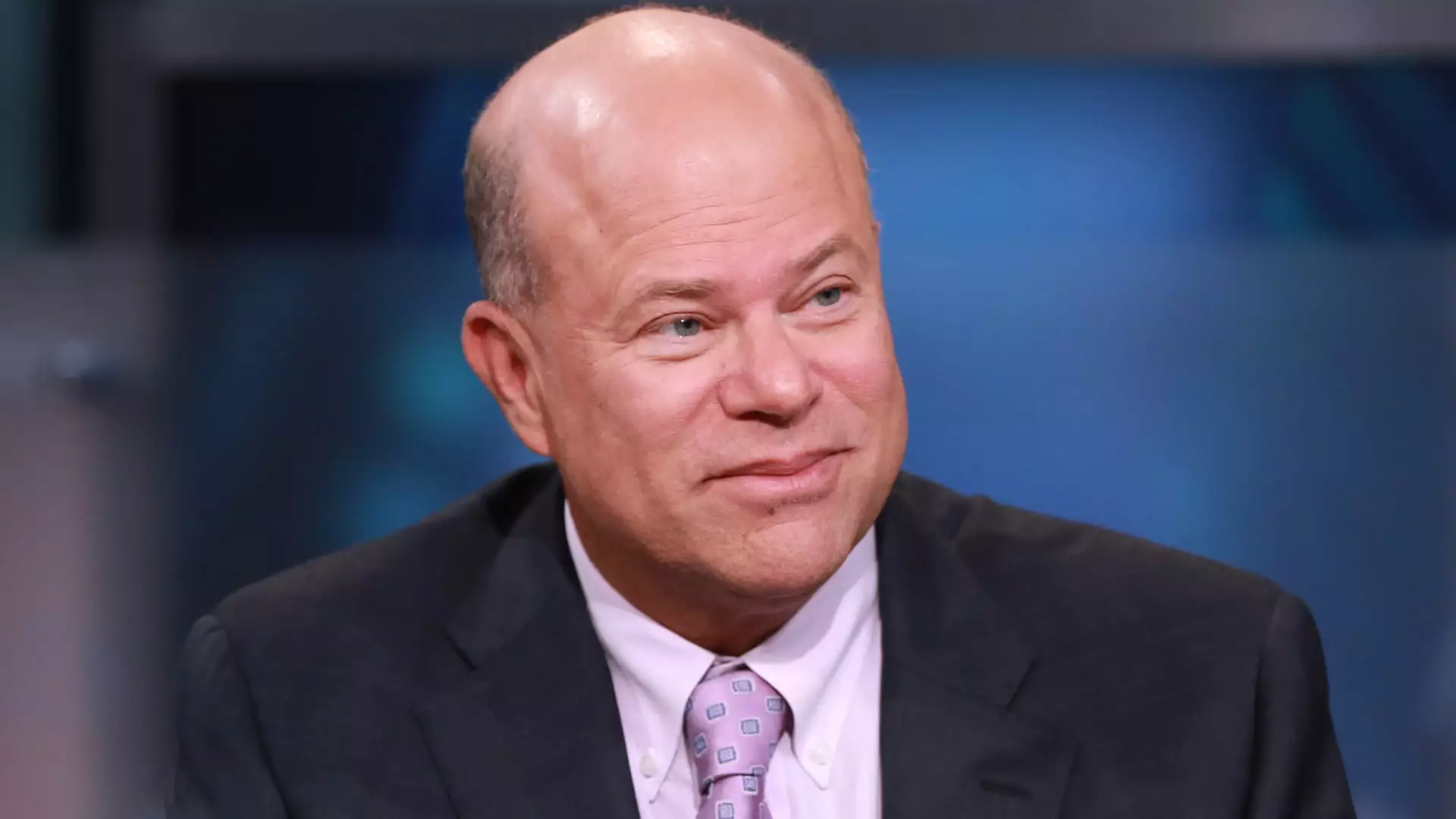David Tepper, founder of Appaloosa Management, recently expressed significant views regarding the U.S. Federal Reserve’s (Fed) latest interest rate cuts and their implications for the market. In a conversation on CNBC’s “Squawk Box,” Tepper emphasized the importance of investor trust in the Fed’s communication, asserting that the central bank must maintain its credibility. His comments were notably directed towards Fed Chair Jerome Powell’s recent statements about monetary policy adjustments. Tepper’s assessment suggests that the Fed’s actions are not merely reactive but are also driven by a necessity to uphold the confidence of market participants.
Tepper’s confidence in the Fed’s intentions shows that he believes the central bank will follow through on its commitments to lower interest rates. According to him, it’s essential for the Fed to act with conviction, especially during periods of economic stability. He emphasizes that while some market participants may be skeptical about the necessity of these cuts, the Fed’s previous messaging indicates a clear agenda that they are likely to pursue. This reflects a broader sentiment among investors who are trying to decipher the implications of monetary policy in an evolving economic landscape.
The Recent Rate Cut: An In-Depth Analysis
Last week, the Fed implemented a significant rate cut of half a percentage point, marking the beginning of its easing campaign, which had not been seen in four years. This bold move came despite the economy showing signs of stability, raising questions about the timing and necessity of such a drastic measure. Tepper articulated a palpable concern surrounding this decision, drawing parallels to monetary policies from the 1990s, where aggressive rate cuts preceded the dot-com bubble. Such historical references signal a cautionary perspective; Tepper fears that currently robust economic indicators may mask underlying vulnerabilities.
Interestingly, Tepper points out that while the economy is exhibiting growth—3% predicted GDP growth in the third quarter led by consumer spending—certain elements such as inflation rates and labor market fluctuations could be cause for alarm. The Fed is confronted with a duality: the need to stimulate economic growth while also controlling inflation, which has been persistently above the target rate. Tepper’s acknowledgment of these complexities highlights the challenges that the Fed faces and the potential for unintended consequences resulting from its actions.
The Market’s Current Landscape: Opportunities and Risks
Nestled within Tepper’s skepticism is a realization that while the Fed’s policies may lead to immediate benefits—such as increased liquidity in the market—the overall health of U.S. stocks remains uncertain. Although Tepper positions himself as a “value guy,” he refrains from short-selling U.S. equities. The landscape, characterized by easy money policies, does present significant risks that he acknowledges could exacerbate future market volatility. Tepper’s caution against being overly bearish reflects a strategic approach to navigating potential downturns in a fluctuating market.
As an investor, Tepper is open to opportunities outside the U.S. market. His shift towards Chinese equities, driven by recent governmental support measures aimed at reviving an ailing economy, illustrates a strategic pivot that acknowledges the global interconnectedness of financial markets. Additionally, his preference for Asian and European equities over U.S. stocks suggests a broader trend of diversifying investments to mitigate risk while capitalizing on emerging markets.
Tepper’s analysis sheds light on a complex intersection of monetary policy, market dynamics, and global economic trends. His insights remind investors of the essential need to scrutinize the implications of the Fed’s actions while remaining aware of changing economic conditions. As Tepper warns of the risks associated with overly aggressive monetary easing, his stance encourages a balanced, diversified investment approach. Ultimately, the path forward remains fraught with uncertainty, yet it also presents opportunities for those willing to navigate the complexities of today’s global economy with astuteness and caution.

